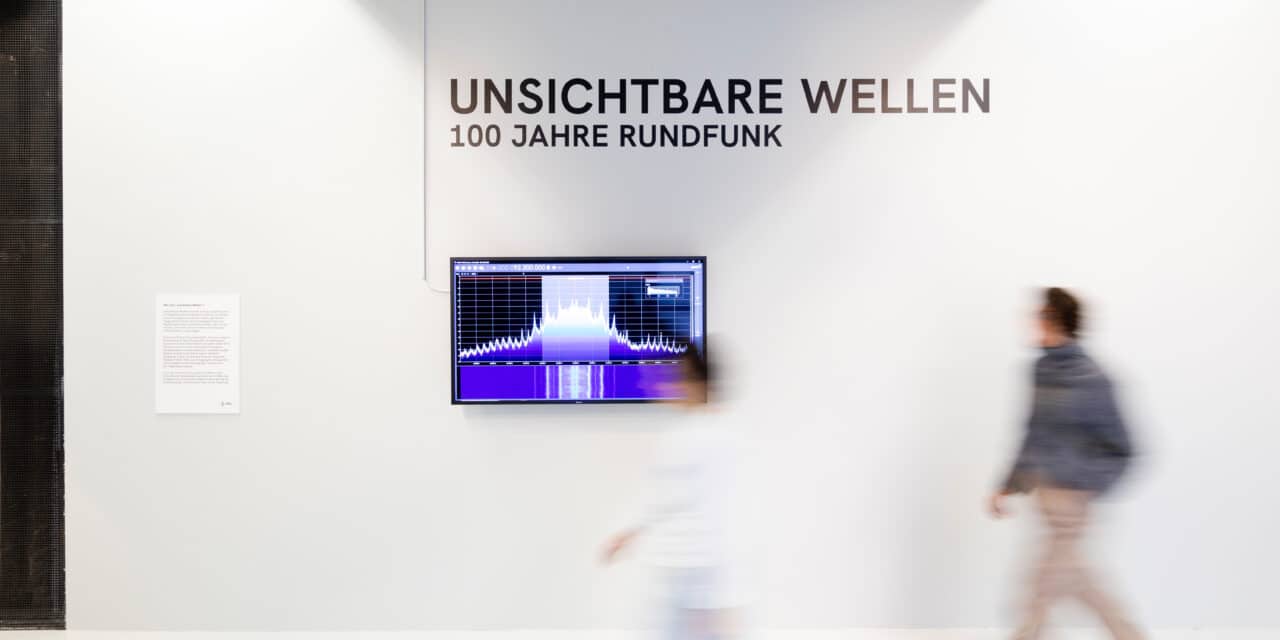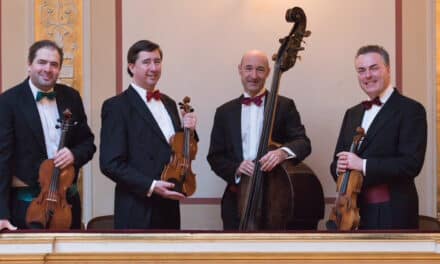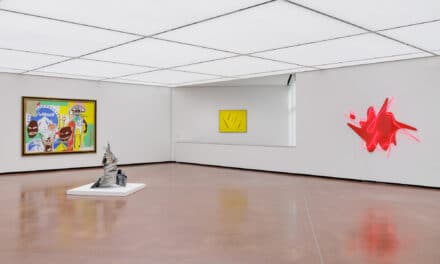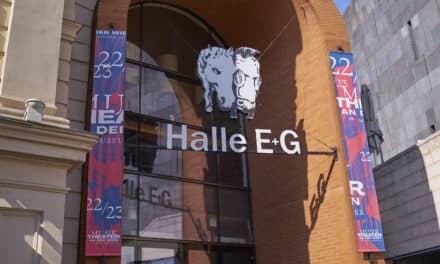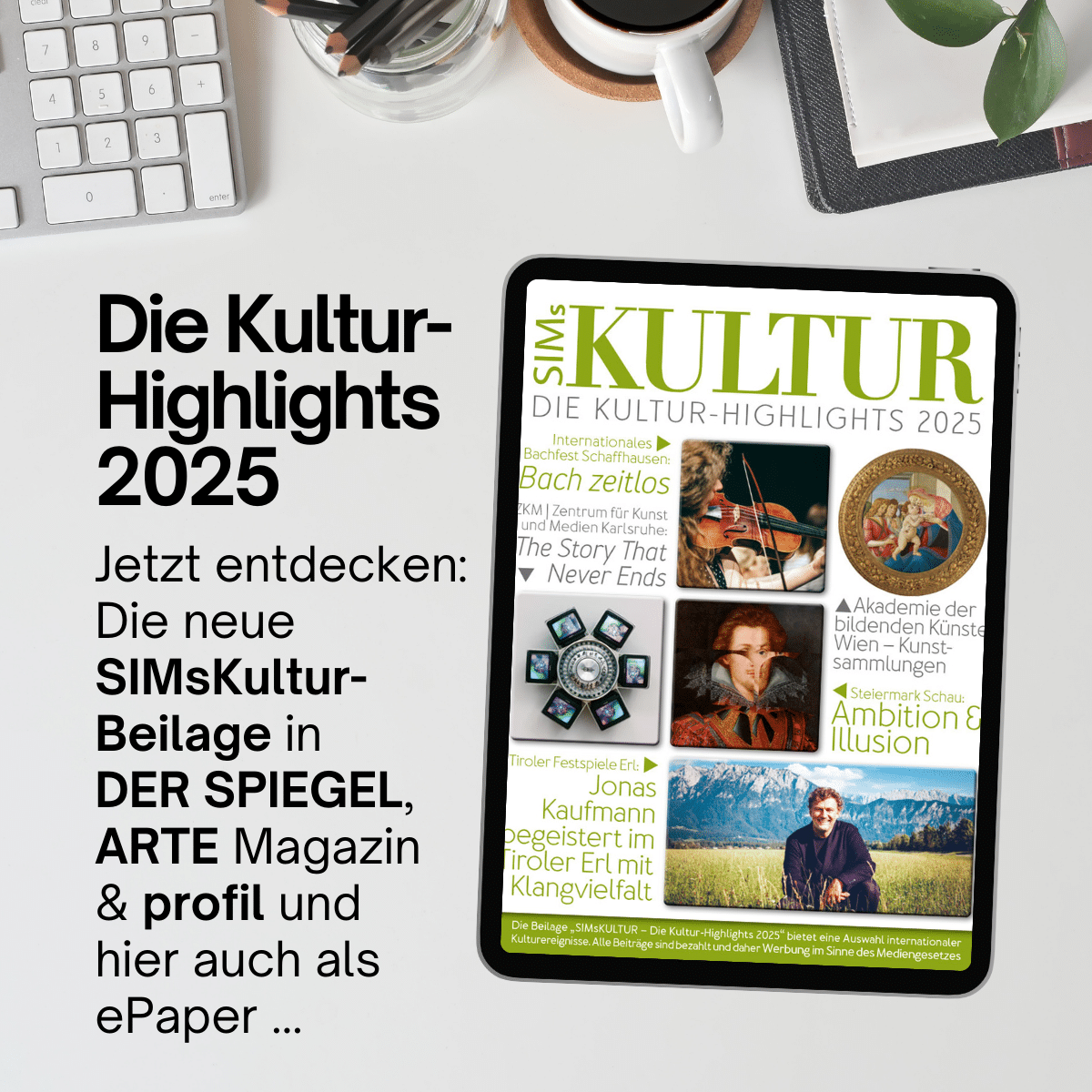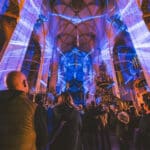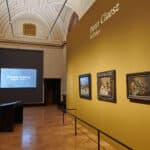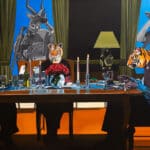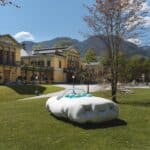To mark the anniversary, the Museum im Zeughaus is dedicating the exhibition "Invisible Waves" to the history of radio until August 31, 2025. Numerous radio sets from the Historical Collection of the Tyrolean State Museums illustrate the development of the medium. At interactive stations, visitors can listen to the past or try their hand in the recording studio. Cultural-historical phenomena, technical milestones and media-political events are examined from the perspective of both the sender and the receiver, with the two narrative strands repeatedly intertwining. Starting with the beginnings of broadcasting in the 1920s, the exhibition tour leads towards the present day.
100 years of history
Where was the first radio studio in Innsbruck? Is listening to the radio bad for your health? What is the so-called "magic eye" all about? After the advent of radio was characterized by fascination and fear in equal measure, the devices became more popular, affordable and easier to use over the years. The invention of the loudspeaker in the mid-1920s made it possible to listen to the radio together, as people were no longer reliant on headphones. The program included news, sports reports, music, radio plays and much more, until the medium became a propaganda tool during Austrofascism and the Nazi era and was able to manipulate the population across the board like no other medium.
With the introduction of ultra-short wave (VHF) in the 1950s, reception quality improved enormously compared to medium wave. In addition, various inventions made it possible to manufacture more compact, and later even mobile, devices, allowing radio to be used in the most diverse areas of everyday life: it was played in stables to calm animals, on building sites, and a radio alarm clock woke people from their sleep in the morning. The invention of the cassette recorder in 1963 made it possible to record music yourself and play it back at will, similar to a playlist.
With the founding of Österreichische Rundfunk GmbH as the predecessor of Österreichischer Rundfunk (ORF), radio and broadcasting were placed under the control of the federal government from 1957 and were therefore politically controlled. For years, "pirate stations" resisted this broadcasting monopoly by broadcasting their own illegal programmes from the Tyrolean mountains, for example, and calling for the liberalization of broadcasting together with other institutions. In 1993, a ruling by the European Court of Human Rights finally allowed private radio licenses to be granted, which meant that the Austrian and, from 1998, the Tyrolean radio offering became larger and more diverse.
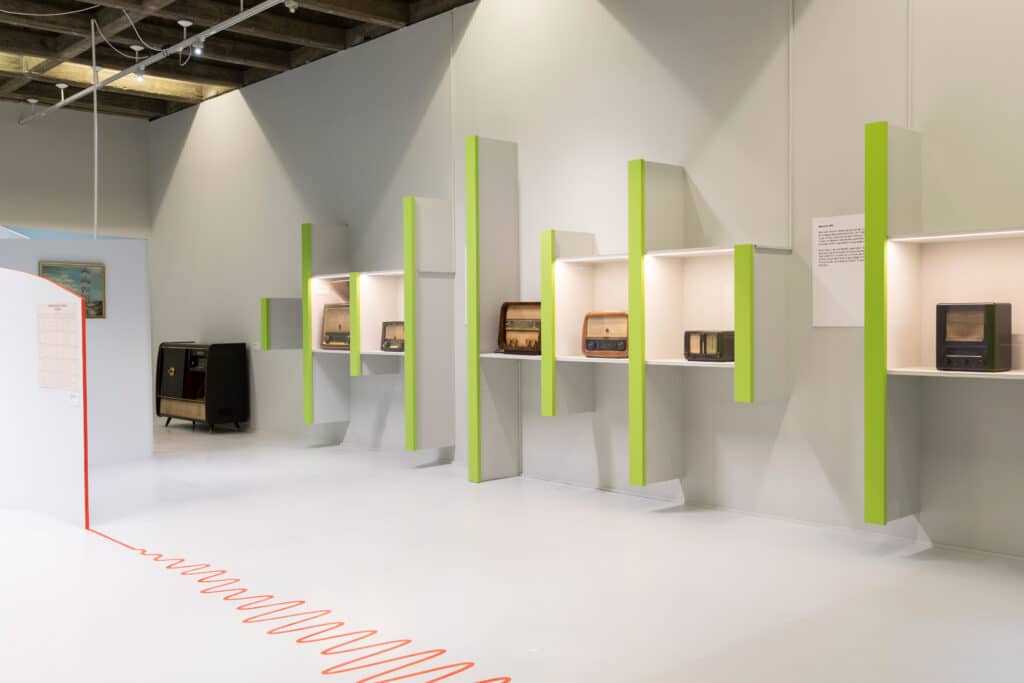
View of the "Invisible Waves" exhibition in the Zeughaus. Maria Kirchner
Interactive stations
Museum visitors can listen to excerpts from historical radio broadcasts at audio stations. In addition, numerous radios from the museum's collection make the transformation from expensive furniture radios and compact devices for the home to portable portable radios and handy Walkmans visible and even audible. Some of the radios can be put into operation by visitors. I wonder what the daily radio program sounds like on a radio from the past? The interactive highlight of the exhibition awaits at the beginning of the show: Visitors to the exhibition can try their hand at using a microphone in a recording studio and use their own voice to create the sounds for a radio play.
Guided tours, workshops and more
The exhibition "Invisible Waves. 100 Years of Broadcasting" is complemented by an extensive supporting program developed by the cultural education department of the Tyrolean State Museums in collaboration with cooperation partners. For example, ORF offers free guided tours of the Tyrolean State Studio throughout the duration of the exhibition, pocket radios are built in workshops for children aged 8 and up, and Free Radio Innsbruck FREIRAD organizes radio and radio play workshops. There will also be guided tours for children and themed tours as well as various lectures.
October 18, 2024 to August 31, 2025
https://tiroler-landesmuseen.at
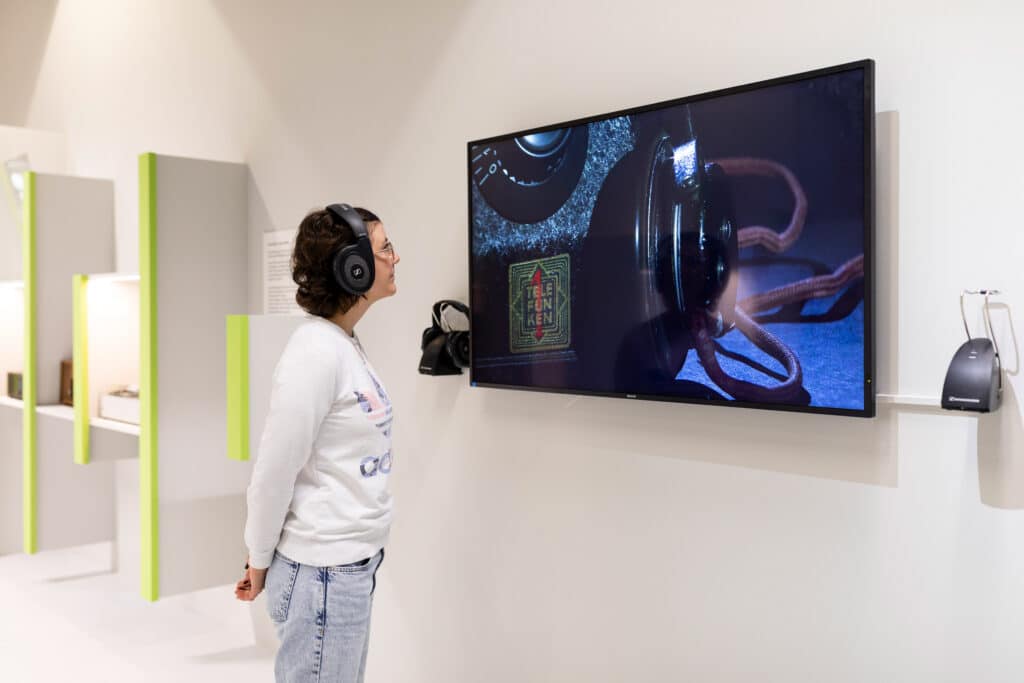
View of the "Invisible Waves" exhibition in the Zeughaus. Maria Kirchner

